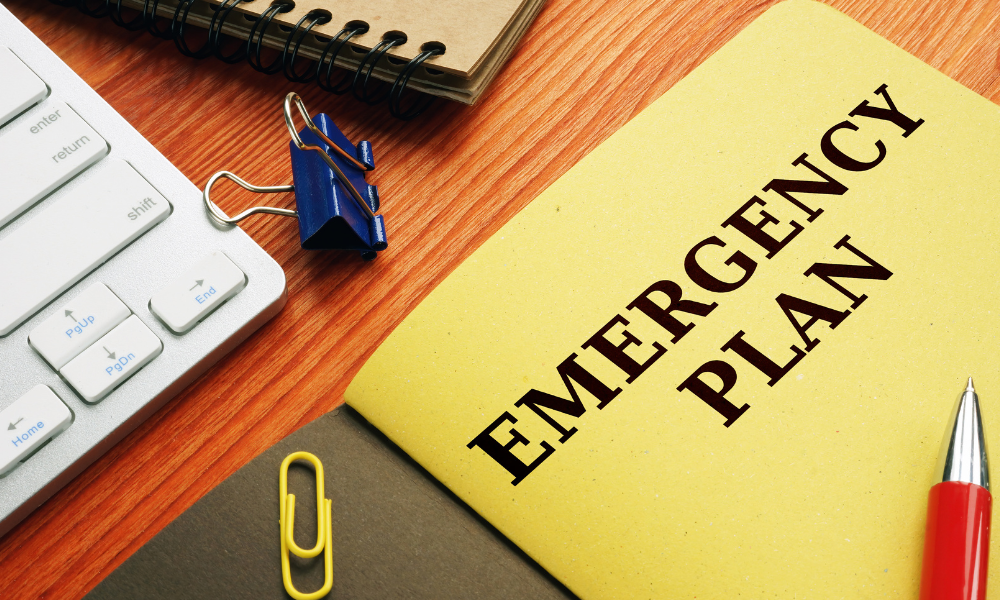
Aging in place allows seniors to maintain independence and comfort in their own homes. However, it’s essential to prepare for potential medical emergencies to ensure safety and prompt assistance when needed. Here are key steps to help you stay prepared:
1. Develop a Personalized Emergency Plan
- Assess Individual Needs: Consider mobility challenges, medical conditions, and sensory impairments that may affect emergency responses and plan accordingly. This may include the consideration for a medical alert system, such as wearable devices with emergency buttons.
- Establish Communication Strategies: Create a plan for contacting family members, neighbors, and emergency services during a crisis. Be sure these family members and neighbors know the plan.
- Have pets: Be sure to have a plan in place to help keep your pets and emergency workers safe in the event of an emergency.
Regularly review and practice this plan to ensure all involved are familiar with their roles.
2. Organize Important Information
- Emergency Contacts: Maintain a list of family members, healthcare providers, and neighbors who can assist during emergencies. Be sure a trusted person or two has this list as well.
- Medical Information Accessibility: Consider an emergency bracelet or necklace that holds all your documents in an online storage and easily accessible through scanning a QR code with a cell phone.
- Legal Documents: Ensure advance directives and power of attorney documents are up-to-date and accessible. These can be placed on file with your doctor and local hospital as well.
Having this information organized can expedite medical care and decision-making.
3. Assemble an Emergency Medical Kit
Now that the important information is organized, it is time to prepare a kit with essentials to manage medical situations:
- Medications: A 3-6 day supply of prescriptions with an up-to-date medication list.
- Medical Equipment: Items like blood pressure monitors, glucose meters, extra eyeglasses, and hearing aid batteries.
- Important Documents: This is a great place to store all of the documents in step 2.
Store the kit in an accessible location and check it periodically to replace expired items. It may be relevant to pack a change of clothes as well.
4. Build a Support Network
- Inform Neighbors and Friends: Share your emergency plan and the location of your Emergency Medical Kit with trusted individuals who can provide assistance.
- Engage with Community Resources: Connect with local organizations that offer services for seniors aging in place.
- Regular Check-Ins: Schedule routine visits or calls to ensure well-being and address any emerging needs. This can be with family, neighbors, friends and community resources.
A reliable support network enhances safety and provides peace of mind for both seniors and their families.
By proactively addressing these areas, seniors can confidently enjoy the benefits of aging in place, knowing they are prepared for potential medical emergencies.



